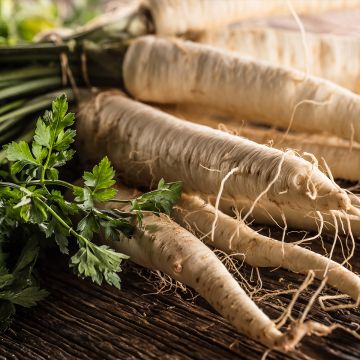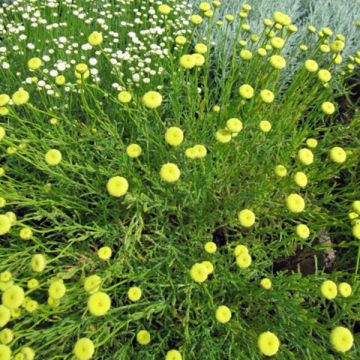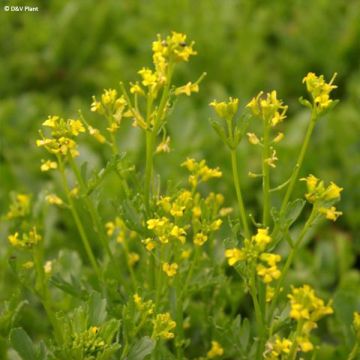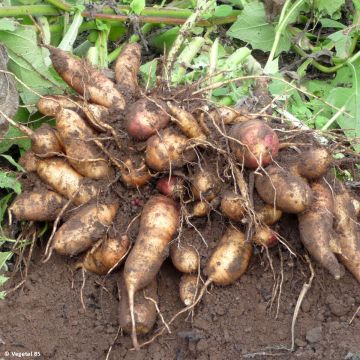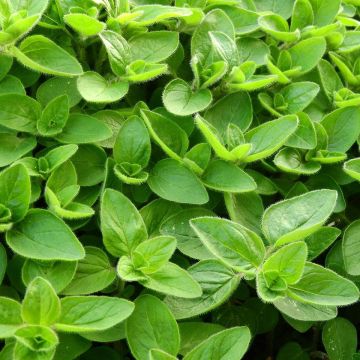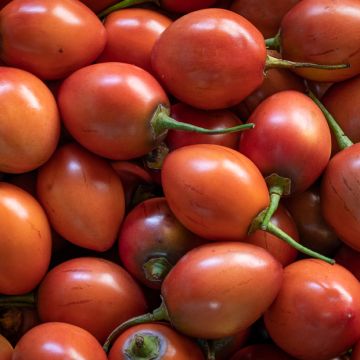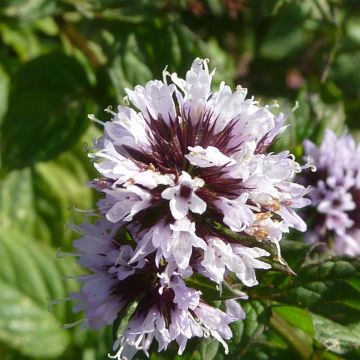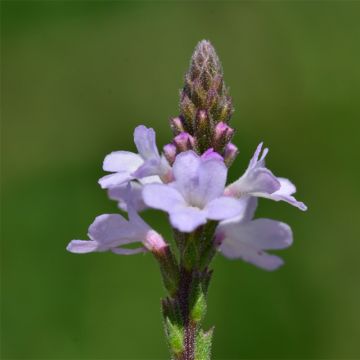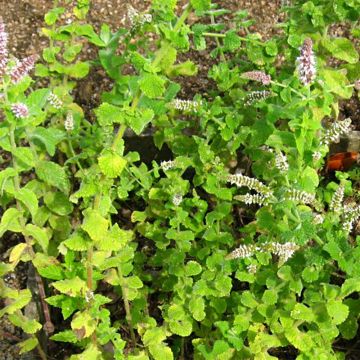Shipping country and language
Your country of residence may be:
Your country of residence is:
For a better user experience on our website, you can select:
Your shipping country:
Andorra
Austria
Belgium
Bulgaria
Canada
Chile
Croatia
Cyprus
Czechia
Denmark
Estonia
Finland
France
Germany
Greece
Hungary
Iceland
Ireland
Italy
Latvia
Lithuania
Luxembourg
Malta
Monaco
Netherlands
Poland
Portugal
Romania
Slovakia
Slovenia
Spain
Sweden
Switzerland
United Kingdom
We only deliver seed and bulb products to your country. If you add other products to your basket, they cannot be shipped.
Language:
French
German
Spanish
English
My Account
Hello
My wish lists
Plantfit
Log in / Register
Existing customer?
New customer?
Create an account to track your orders, access our customer service and, if you wish, make the most of our upcoming offers.


Squash Betty Blue F1 - Cucurbita maxima
Squash Betty Blue F1 - Cucurbita maxima
Cucurbita maxima Betty Blue F1
Hubbard squash, Boston marrow, turban squash, banana squash, buttercup squash
Why not try an alternative variety in stock?
View all →Order in the next for dispatch today!
Dispatch by letter from €3.90.
Delivery charge from €5.90 Oversize package delivery charge from €6.90.
More information
This item is not available in your country.
Schedule delivery date,
and select date in basket
This plant carries a 6 months recovery warranty
More information
We guarantee the quality of our plants for a full growing cycle, and will replace at our expense any plant that fails to recover under normal climatic and planting conditions.
From €5.90 for pickup delivery and €6.90 for home delivery
Express home delivery from €8.90.
Description
The Betty Blue F1 Squash is a hybrid variety of the Blue Hungarian Pumpkin type, which is both decorative and delicious. The plant is productive and highly vigorous, producing beautiful grey-blue fruits weighing 4 to 6 kg. The intense orange flesh reveals a unique sweet and mild flavor. It can be enjoyed raw, grated or cut into sticks, and of course cooked in gratin, soup, tempura, puree... or even in cake or candied. The Betty Blue F1 Squash plants can be planted in the vegetable garden in May, after the last frost, in a very rich soil. Harvest takes place in September-October.
Orange, green, red, yellow, black or even blue, smooth, ribbed, warty, with tender skin, etc. squashes and zucchinis offer us an astonishing variety of shapes, colors, and sizes, as they hybridize with ease. That's why there are so many varieties. In common language, winter squash refers to all kinds of pumpkins, potimarrons, and butternuts, with tough skin and delicately sweet flesh. Summer squashes or zucchinis, on the other hand, refer to the different varieties that are harvested while the skin is still tender. The latter are consumed with the seeds. The Betty Blue F1 Squash is derived from the Cucurbita maxima. This highly vigorous variety requires pruning to limit its spread, promote branching, and ensure good fruiting.
All squashes are native to America and belong to the large family of cucurbits. They were introduced to Europe in the 16th century. Generally trailing, they cling to any support with their tendrils. Female flowers can be distinguished from male flowers by their inferior ovary (under the flower), resembling an embryo of fruit. In many regions, male flowers are harvested after pollination to be eaten stuffed or in fritters. There are many ways to consume squashes and zucchinis. Sautéed, fried, in gratin, in soups or stuffed. Zucchinis are a key ingredient in Provençal ratatouille, Italian caponata, Maghrebian couscous, or many emblematic Mediterranean dishes. Zucchinis and squashes are low in calories but rich in vitamins, especially provitamin A, vitamin B, and minerals.
Harvest: Squashes should ideally be harvested when fully ripe, unless there is a risk of rotting. In that case, they should finish ripening indoors. Squashes are harvested when their skin is well colored and their vegetation begins to turn yellow. They should all be handled with care and remain free of any cuts or bruises. Preserve the stem on the pumpkin, it will keep much longer!
Storage: The flesh of squashes can be cut into pieces and frozen. Hard-skinned winter squashes can be stored for several months and consumed throughout the winter. Unlike other fruits and vegetables, they need warmth for optimal storage. There is no need to store them in a dark place, so it's best to keep them where their plump silhouette can be appreciated.
Gardener's tip: Place a slate tile or roof tile under the fruit. It will no longer be in direct contact with the ground, thus preventing it from rotting due to moisture. Similarly, they particularly like slightly moist soil. Remember to mulch around the plants, especially during the height of summer. Squashes and zucchinis are very prone to powdery mildew (a fungal disease that leaves a white fuzz on the surface of the leaves). Be careful not to water the leaves or flowers. Associate your squashes with alliums like chives, onions, or shallots, or with legumes like beans or peas. On the other hand, the marriage of squash and cucumber may be detrimental to both parties.
Harvest
Plant habit
Foliage
Other Vegetable plants A to Z
Planting and care
The Squash is grown in the sun, in a sheltered area. It is a very demanding vegetable that requires well-fertilized soil. It is advisable to make a good compost (about 3/4 kg per m2) a few months before planting, by digging to a depth of 5 cm (2in), after having loosened the soil as for any vegetable crop. The Squash thrives in fresh and light soils.
Planting:
First, let the plug plants grow by transplanting them into trays or pots with a diameter of 8 to 13 cm (3 to 5in), filled with potting soil. Place them in a warm and bright place. Water regularly.
Planting in open ground is done from mid-May to mid-July, when the risk of frost has passed and the soil is sufficiently warm. Space the plants 80 cm (32in) apart in all directions. Soak the plants in water for a few moments before planting. Dig a hole 20 cm (8in) in all directions and add fresh organic matter to the bottom. Place the plant, cover with fine soil and firm down. Water thoroughly.
Maintenance:
Hoe and weed at the beginning of the growing season. We recommend mulching the soil, towards the end of June, with thin successive layers of grass clippings, preferably mixed with dead leaves. This protection, which keeps the soil moist, also reduces weed growth. During the growing season, water regularly and generously (once a week in summer if there is mulch).
Like all cucurbits, Squash can be susceptible to powdery mildew: a white coating appears on the foliage. It is advisable to remove heavily affected leaves and, if necessary, spray with wettable sulfur every 2 weeks. In case of minor infestation, you can also treat the stems with skimmed milk, diluted to 10 to 20% in rainwater. As a preventive measure, avoid watering the foliage. A decoction of horsetail can also be sprayed to strengthen the foliage's resistance.
Finally, you can protect young plants from slugs and snails by placing ash or coffee grounds nearby, to be renewed in case of rain.
Running varieties need to be pinched. When the plant has 4 or 5 leaves, cut the stem above the first two leaves. Then cut the secondary stems again, after 3 or 4 fruits have formed.
Cultivation
Care
Intended location
This item has not been reviewed yet - be the first to leave a review about it.
Vegetable plants
Haven't found what you were looking for?
Hardiness is the lowest winter temperature a plant can endure without suffering serious damage or even dying. However, hardiness is affected by location (a sheltered area, such as a patio), protection (winter cover) and soil type (hardiness is improved by well-drained soil).

Photo Sharing Terms & Conditions
In order to encourage gardeners to interact and share their experiences, Promesse de fleurs offers various media enabling content to be uploaded onto its Site - in particular via the ‘Photo sharing’ module.
The User agrees to refrain from:
- Posting any content that is illegal, prejudicial, insulting, racist, inciteful to hatred, revisionist, contrary to public decency, that infringes on privacy or on the privacy rights of third parties, in particular the publicity rights of persons and goods, intellectual property rights, or the right to privacy.
- Submitting content on behalf of a third party;
- Impersonate the identity of a third party and/or publish any personal information about a third party;
In general, the User undertakes to refrain from any unethical behaviour.
All Content (in particular text, comments, files, images, photos, videos, creative works, etc.), which may be subject to property or intellectual property rights, image or other private rights, shall remain the property of the User, subject to the limited rights granted by the terms of the licence granted by Promesse de fleurs as stated below. Users are at liberty to publish or not to publish such Content on the Site, notably via the ‘Photo Sharing’ facility, and accept that this Content shall be made public and freely accessible, notably on the Internet.
Users further acknowledge, undertake to have ,and guarantee that they hold all necessary rights and permissions to publish such material on the Site, in particular with regard to the legislation in force pertaining to any privacy, property, intellectual property, image, or contractual rights, or rights of any other nature. By publishing such Content on the Site, Users acknowledge accepting full liability as publishers of the Content within the meaning of the law, and grant Promesse de fleurs, free of charge, an inclusive, worldwide licence for the said Content for the entire duration of its publication, including all reproduction, representation, up/downloading, displaying, performing, transmission, and storage rights.
Users also grant permission for their name to be linked to the Content and accept that this link may not always be made available.
By engaging in posting material, Users consent to their Content becoming automatically accessible on the Internet, in particular on other sites and/or blogs and/or web pages of the Promesse de fleurs site, including in particular social pages and the Promesse de fleurs catalogue.
Users may secure the removal of entrusted content free of charge by issuing a simple request via our contact form.
The flowering period indicated on our website applies to countries and regions located in USDA zone 8 (France, the United Kingdom, Ireland, the Netherlands, etc.)
It will vary according to where you live:
- In zones 9 to 10 (Italy, Spain, Greece, etc.), flowering will occur about 2 to 4 weeks earlier.
- In zones 6 to 7 (Germany, Poland, Slovenia, and lower mountainous regions), flowering will be delayed by 2 to 3 weeks.
- In zone 5 (Central Europe, Scandinavia), blooming will be delayed by 3 to 5 weeks.
In temperate climates, pruning of spring-flowering shrubs (forsythia, spireas, etc.) should be done just after flowering.
Pruning of summer-flowering shrubs (Indian Lilac, Perovskia, etc.) can be done in winter or spring.
In cold regions as well as with frost-sensitive plants, avoid pruning too early when severe frosts may still occur.
The planting period indicated on our website applies to countries and regions located in USDA zone 8 (France, United Kingdom, Ireland, Netherlands).
It will vary according to where you live:
- In Mediterranean zones (Marseille, Madrid, Milan, etc.), autumn and winter are the best planting periods.
- In continental zones (Strasbourg, Munich, Vienna, etc.), delay planting by 2 to 3 weeks in spring and bring it forward by 2 to 4 weeks in autumn.
- In mountainous regions (the Alps, Pyrenees, Carpathians, etc.), it is best to plant in late spring (May-June) or late summer (August-September).
The harvesting period indicated on our website applies to countries and regions in USDA zone 8 (France, England, Ireland, the Netherlands).
In colder areas (Scandinavia, Poland, Austria...) fruit and vegetable harvests are likely to be delayed by 3-4 weeks.
In warmer areas (Italy, Spain, Greece, etc.), harvesting will probably take place earlier, depending on weather conditions.
The sowing periods indicated on our website apply to countries and regions within USDA Zone 8 (France, UK, Ireland, Netherlands).
In colder areas (Scandinavia, Poland, Austria...), delay any outdoor sowing by 3-4 weeks, or sow under glass.
In warmer climes (Italy, Spain, Greece, etc.), bring outdoor sowing forward by a few weeks.


